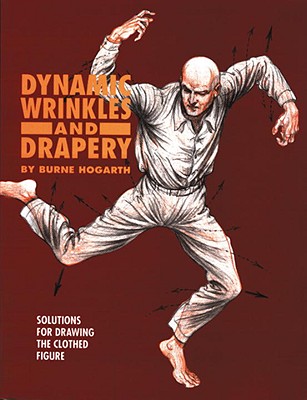Thanks guys! Pats on the back are always accepted here.
I just found out that the guy I freelance for has a website (he didn’t have one before and failed to mention it when I asked about pictures of the finished pieces).
This is good news as he has pictures of my composers in their finished glass with whatever gold coating he’s using now (the examples he sent me were early tests and not as nice…).
Anyway, the ones that I made are Bach, Beethoven (front and side), Stravinsky, Schubert, and Verdi. The rest are done by other artists.
Here’s a link to his site, have a look through them. They aren’t nearly as detailed as the 3d prints or the sculpts but they’re nice to see:
http://robinlehmanglass.com/GlassWork/composers.html
You can find my sculpts in my portfolio if you feel like comparing.
http://www.coroflot.com/ThisLandisDigital/Composer-Portraits
Or a very quick preview of all of them:
http://s3images.coroflot.com/user_files/individual_files/original_463401_jyckygvrkiisukzqs5ehxocjk.jpg

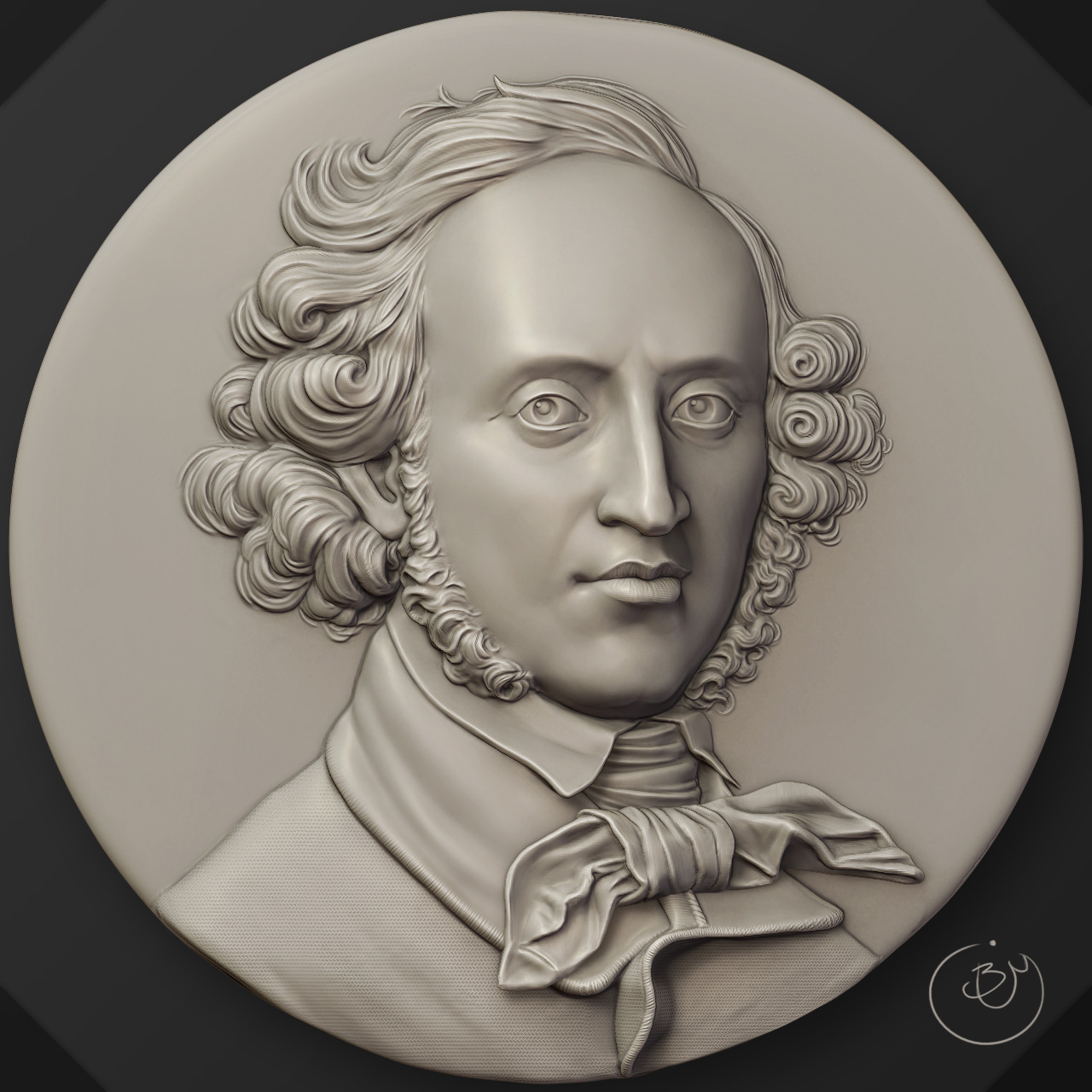
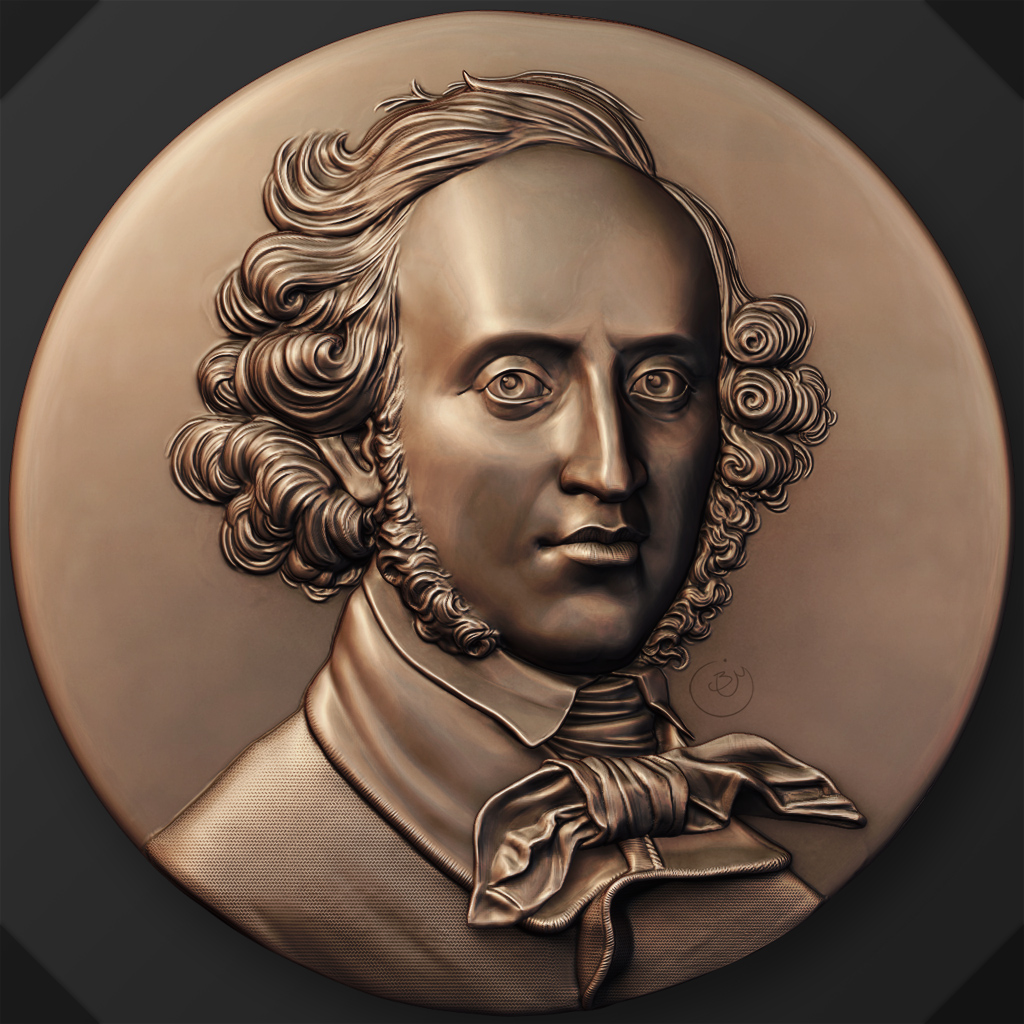
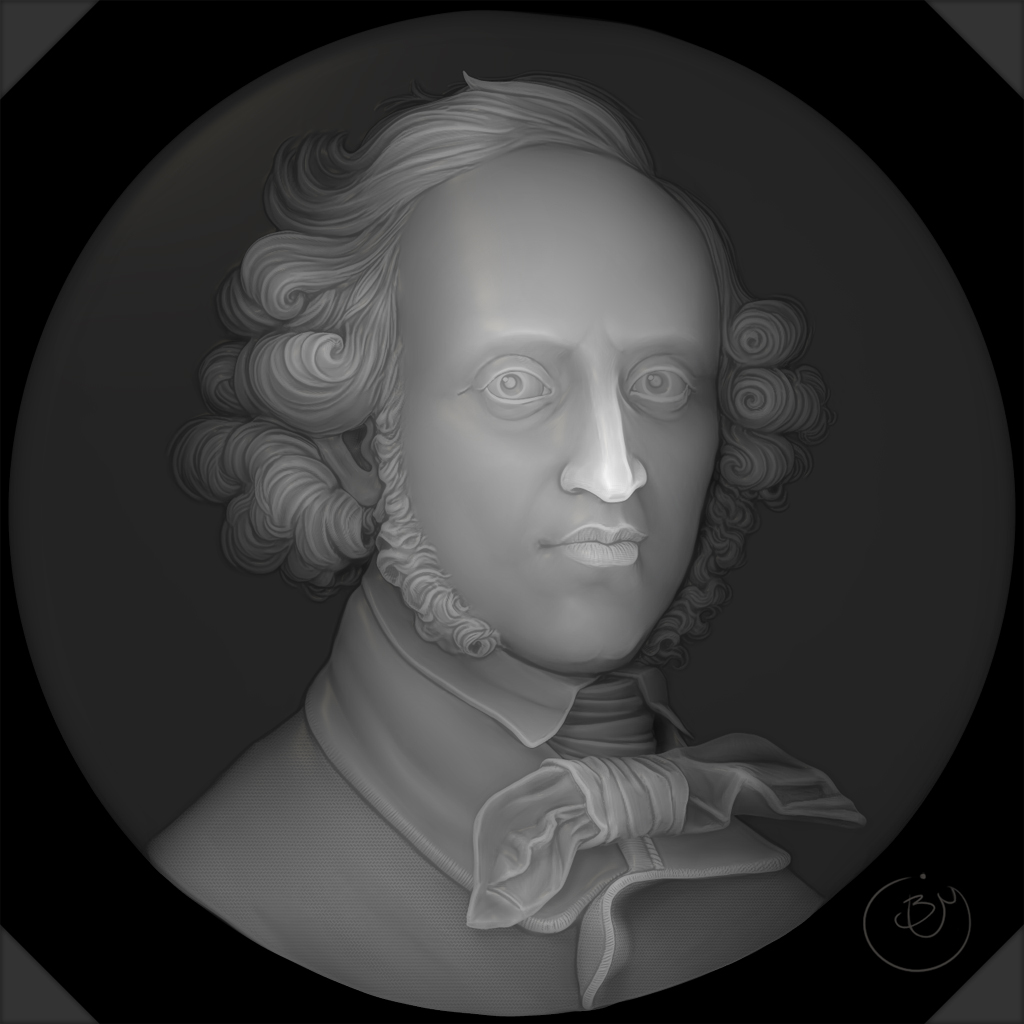
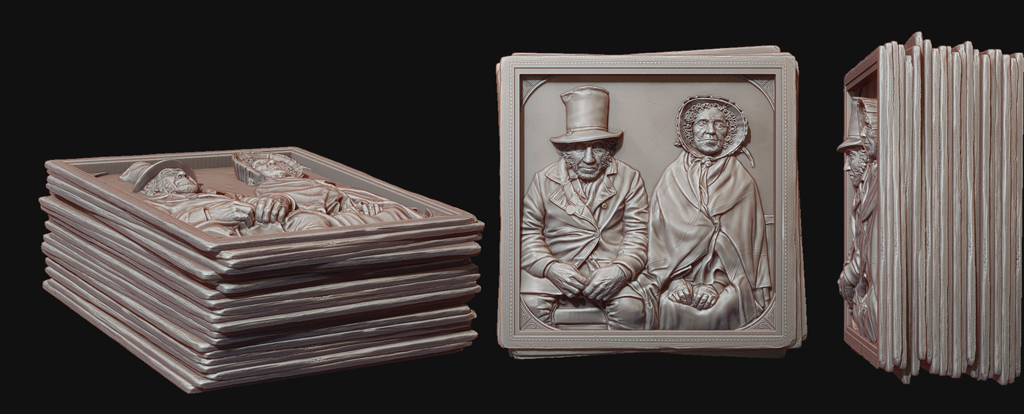
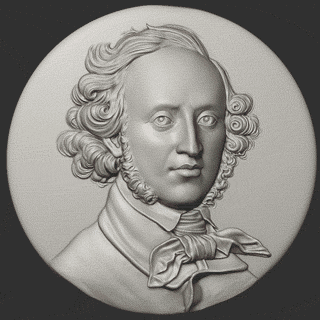
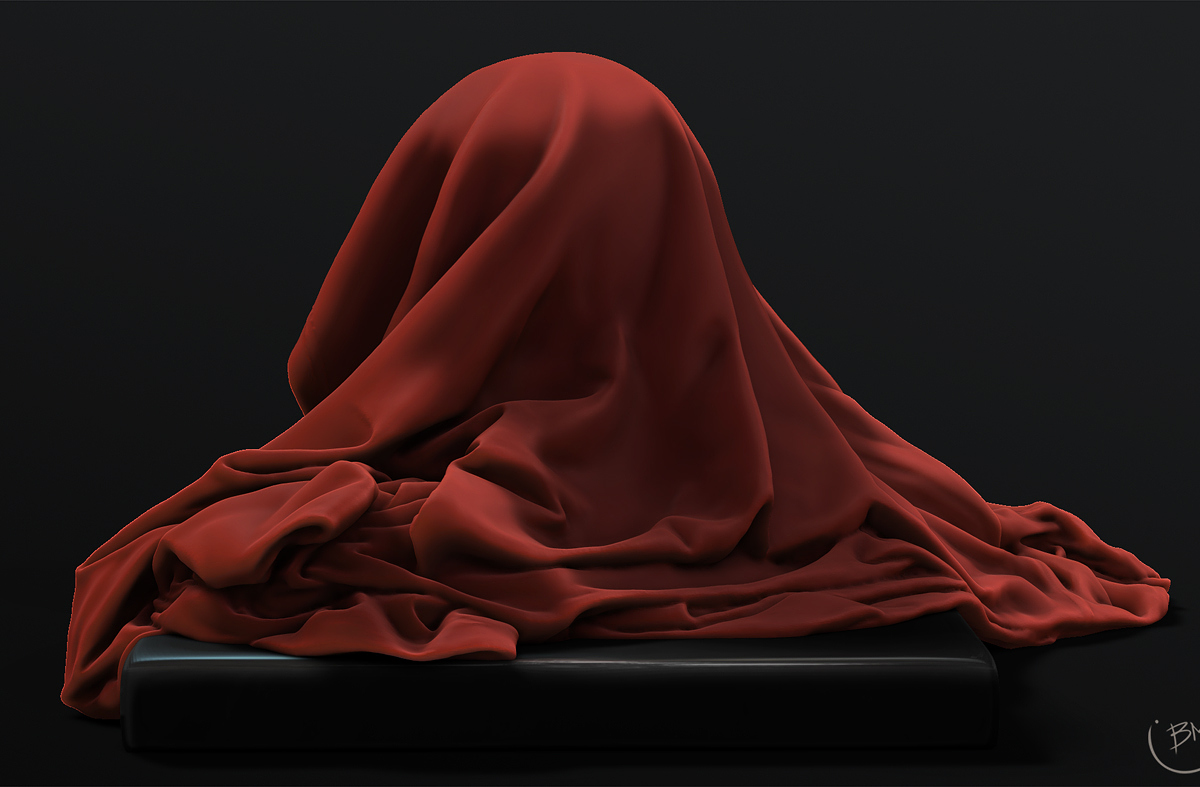
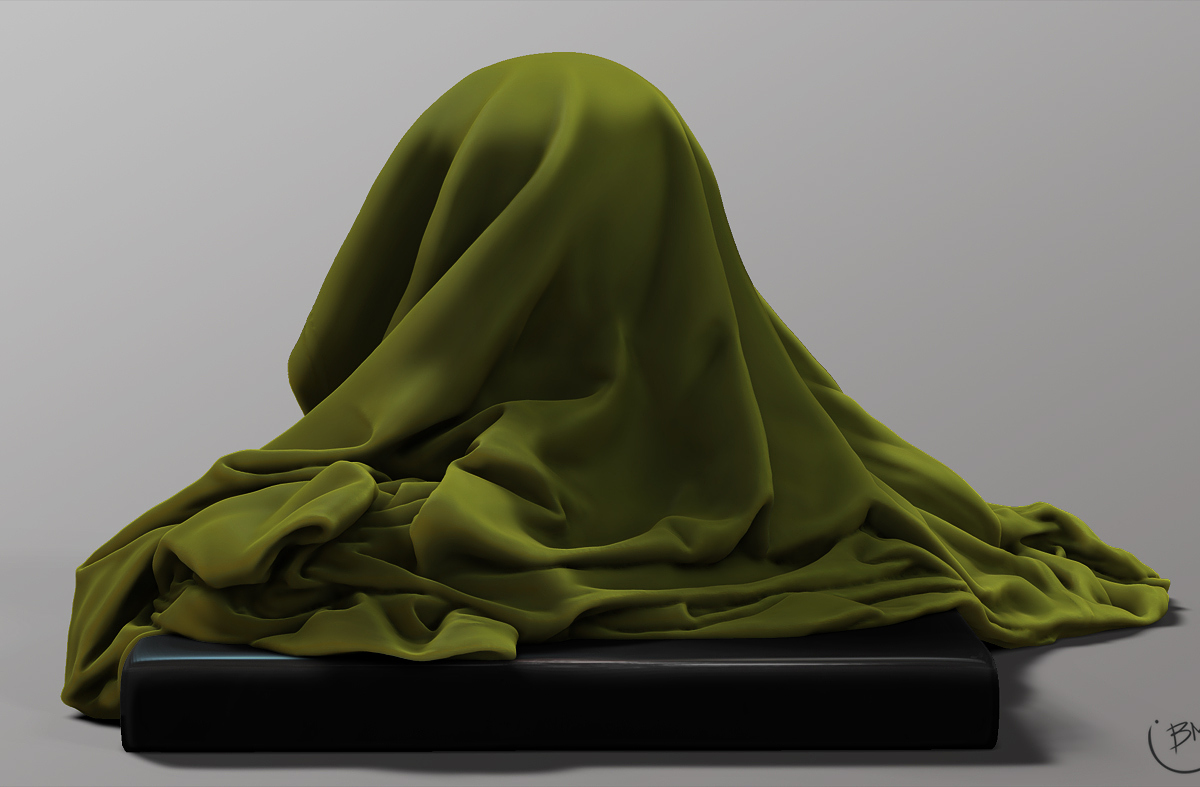
 small_orange_diamond
small_orange_diamond
